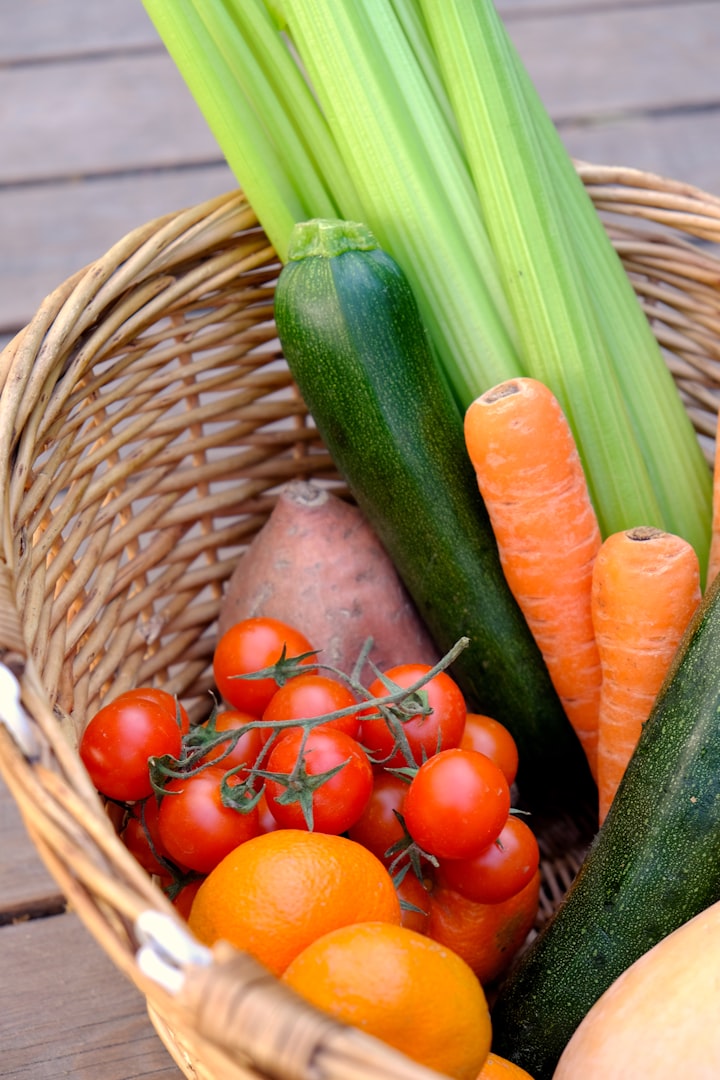The Futuristic Farms That Will Feed the World
Future of Food

With the growth in population and the change in consumption behavior. With the climate crisis, how do you secure your food production? The real secret is sustainable production. It should be with fewer inputs, less fertilizer, less pesticides, and less water. It needs to be sustainable. Otherwise, we will destroy our planet. The security of the food system is one of the world's most pressing challenges. But the story of how this small country became an unexpected food superpower might just have some answers for how we tackle it. Consider this: if everyone on Earth ate the diet of the average American, that would require all the habitable land to be used for agriculture, and we'd still be 38% short. And that's right now. What do we do when there are two billion more people? Well, the key is more exciting than it sounds, and that's efficiency. Basically, how do we produce a lot more on the land we're already using? and do it using a lot fewer natural resources. When it comes to sustainable agriculture, one country has seemed to crack the code. With a national commitment to double food production using half the resources, the Netherlands is now the world's second-largest food exporter. It was a very close collaboration between the government, science organizations, and industry. And they started out of a common interest. So they say, Okay, we want to go for sustainable production, but everybody was aligned. Everyone involved in the system was aligned and embraced innovation to reach that shared goal, and that has driven efficiency to a level unmatched anywhere else in the world. If there's one place that approach is most clear, it's in their unrivaled greenhouse growing operations. There's a very nice example about tomatoes, which really gives a good insight into how we want to produce our foods in sustainable ways. So, if you produce tomatoes in an open field situation in Spain, then you will, uh, end up at the end of the growing season with four kilograms per square meter. If you do this in a high warehouse house in the Netherlands at the moment, you will end up with 80 kilograms per square meter, which is 20 times more. But the best part of the story is that we do it with four times less water compared to an open field situation. Water is one of the big challenges that we face. So, high technology offers, really, the possibility of producing a lot of food per square meter in a sustainable way. The Dutch led the world in tomato yield while using a fraction of the water that other countries use. But it's not just tomato The Netherlands, driven by a commitment to double food production while using fewer resources, has risen to become the world's second-largest food exporter. When it comes to yield per square mile, they hold the top spot globally for producing chilies, green peppers, and cucumbers. Number five for potatoes, onions, and carrots The list goes on. But the bottom line is that they've been able to get so much out of so little. If we are able to produce 80 times more with four times less water, that's great news. Most people know that greenhouses allow a grower to tweak every little thing, but the Netherlands is taking it to the next level. They've perfected the greenhouse as the ideal environment to continuously test and implement all kinds of ways to optimize growth. From things as simple as testing what hues of LED lights can increase pest resistance and improve nutritional value to things as crazy as moth-killing drones, at the moment we don't have any products that can control the moths. And then finally, they'll produce caterpillars, and those caterpillars do a lot of harm to many different crops. A drone is able to detect the moth. Also, to see how it's flying with its wings, Pritssellst will just crush the moth. Wow. There's a relentless drive towards innovation to create better and more efficient growing techniques. They've even started taking the human touch completely out of it. Some of the latest tech relies on AI to learn plant behavior and constantly adjust conditions without any input from a farmer. For example, what we're testing in this compartment is a climate computer. So we have different sensors, and they actually measure talent activity. Based on plant activity, the computer is actually controlling the whole climate by itself. Modifications need to be made to realize the same yields they're getting in the Netherlands in any other country on Earth. We have a cooperative project going on with Columbia. And we can, in fact, mimic; we can emulate the current climate and have crop behavior under the circumstances that we have in Columbia. We can totally flip the seasons around. We can make it a sunny day on Christmas. We can close the curtains on a sunny day and make it completely dark. I think, in the long run, the future of the Netherlands should not be to be a producer for the rest of the world.





Comments (1)
Great work!